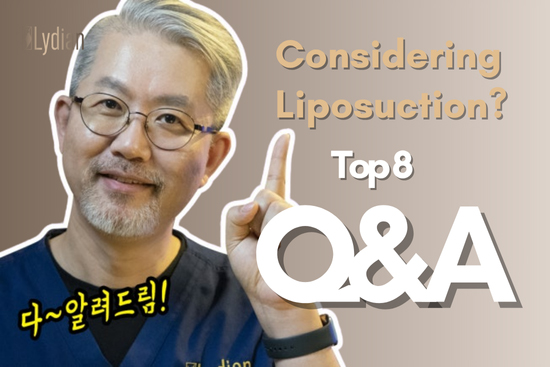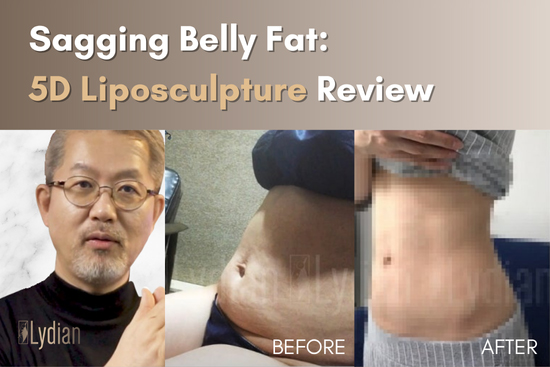Planning liposuction as a medical traveler comes with unique questions—about safety, recovery timelines, aftercare, and travel logistics. Here, our surgical team shares clear, practical answers to the questions we’re asked most often, based on our experience treating both local and international patients.
Contents
- 1. What We Do to Minimize Bleeding and Bruising
- 2. Why Do Firm Lumps (“Bio-Bond” or “Babon”) Form?
- 3. Should I Worry About Post-Op Hyperpigmentation?
- 4. Is Surgery During My Period Riskier?
- 5. When can I start exercising?
- 6. Can full-body liposuction be done in one day?
- 7. Are compression garments really necessary after liposuction?
- 8. Will there be rebound weight gain after liposuction?
- Consult With Us
1. What We Do to Minimize Bleeding and Bruising
Bleeding has been a concern since liposuction first began. Because fat cells, blood vessels, and nerves coexist in the subcutaneous layer, simply suctioning would inevitably cause bleeding. That’s why we use a tumescent solution—a mix of normal saline, a vasoconstrictor, and a local anesthetic—which lets us perform liposuction with significantly less bleeding.
You can often gauge intraoperative bleeding by the bruising that appears afterward, though the amount varies with the surgeon’s technique. Even factors like how evenly the tumescent solution was infiltrated and how carefully larger, well-known vessels were avoided influence bruising—and they also relate to the likelihood of post-op “bio-bond” formation.
2. Why Do Firm Lumps (“Bio-Bond” or “Babon”) Form?
If you’re considering liposuction—especially of the abdomen—you’ve likely heard about “bio-bond” or “babon,” which describes areas under the skin that feel firm or lumpy to the touch. This is part of the body’s wound-healing response: fibrous tissue forms and waste by-products can accumulate, making the area feel hard. If a particular area experiences more tissue injury during liposuction, more fibrous tissue tends to form there—that’s the “bio-bond.”

These firm areas usually soften over one to two months, but without any intervention they can linger. That’s why timely, appropriate aftercare matters. While you may hear that “aftercare isn’t necessary,” simply passing devices like ultrasound, radiofrequency, or Endermologie over the area isn’t enough on its own; the right treatment at the right time makes the difference. Some people recover smoothly without much aftercare, but if you have persistent swelling, extensive bruising, pronounced firmness, or decreased skin elasticity, you should seek professional aftercare.
3. Should I Worry About Post-Op Hyperpigmentation?
Post-liposuction hyperpigmentation can occur for a few reasons. Most often it appears when there’s significant bruising, so minimizing bruising is key. In many cases the discoloration fades gradually, but depending on your skin type you may need active treatment. If bruising is extensive, applying a bruise cream three to five times daily can help—though because that frequency is hard to keep up, it’s even more important to perform liposuction in a way that minimizes bruising from the start.
Hyperpigmentation can also occur even without bruising. In those cases, friction or similar surgical irritation can stimulate melanocytes, leading to discoloration. If you have a lot of bruising, prioritize bruise-resolving care and consider aftercare that targets melanin pigment.

4. Is Surgery During My Period Riskier?
Among visitors to Lydian Clinic, the questions we hear most are:
1) Bio-bond after liposuction
2) Whether hyperpigmentation occurs
3) Whether surgery during your period causes more bleeding
When planning liposuction, many worry that having surgery during menstruation means the blood won’t clot well. That’s an old misconception.
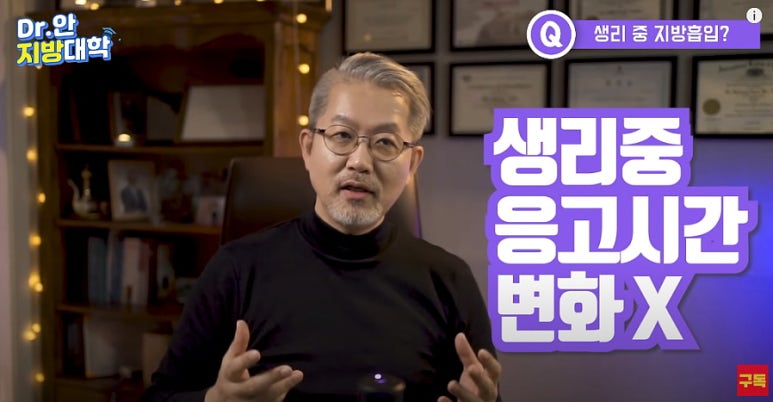
Your body has two measures: bleeding time and clotting time. In our observations across the menstrual cycle, clotting time changed very little. Bleeding time was shortest around ovulation—meaning bleeding stops fastest then—but differences at other phases were small.
Bottom line: being on your period does not mean you’ll bleed more during surgery. If “that day” overlaps with your surgery date, there’s no need to worry.
5. When can I start exercising?
For abdominal and thigh liposuction, the first week is usually limited to light activity—walking is fine, but anything more can feel difficult. You might feel a bit stiff, like after tweaking your back, but not in severe pain.
By week two, start with gentle, slow walks. Even if you feel ready for more, hold off. Liposuction removes subcutaneous fat, leaving temporary spaces; strenuous activity too soon can cause tissues to rub and fluid to collect. It’s best to avoid exercise beyond light walking until about three weeks post-op. Light stretching is okay, and if you do weight training, wait until at least week four—and always listen to your body before progressing.
6. Can full-body liposuction be done in one day?
Can full-body liposuction be done in one day? Liposuction is considered very safe when performed within established safety guidelines. The main safety concern is the total amount of lidocaine in the tumescent solution used before fat removal. Lidocaine is generally considered safe up to 55 mg per kg of body weight; exceeding this increases risk, so we aim to minimize the total lidocaine dose.

Whether you treat the whole body or one or two areas isn’t the decisive factor—what matters most is the total lidocaine used. Larger treatment areas and higher fat volumes require more lidocaine. If the amount needed stays under 55 mg/kg, full-body liposuction can technically be done in a day. In reality, for most people, that threshold makes same-day full-body lipo impractical. If your goal is to remove as much fat as possible safely, it’s best to split treatment into one or two areas per session.
7. Are compression garments really necessary after liposuction?
Do you have to wear a compression garment after liposuction? During lipo, fat is removed from between the skin and the muscle. When a large amount is removed, a “dead space” is left behind. Without compression, skin elasticity can decrease and the skin may sag. Wearing a compression garment helps the skin adhere smoothly and settle into the desired shape.
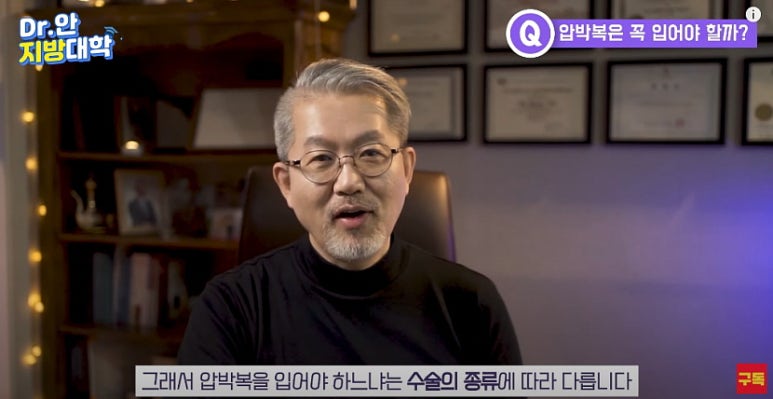
Whether you need a garment depends on the procedure. With mini lipo or small-volume syringe lipo, the dead space is minimal, so tight compression isn’t always necessary. For large-volume liposuction, however, a compression garment is essential.
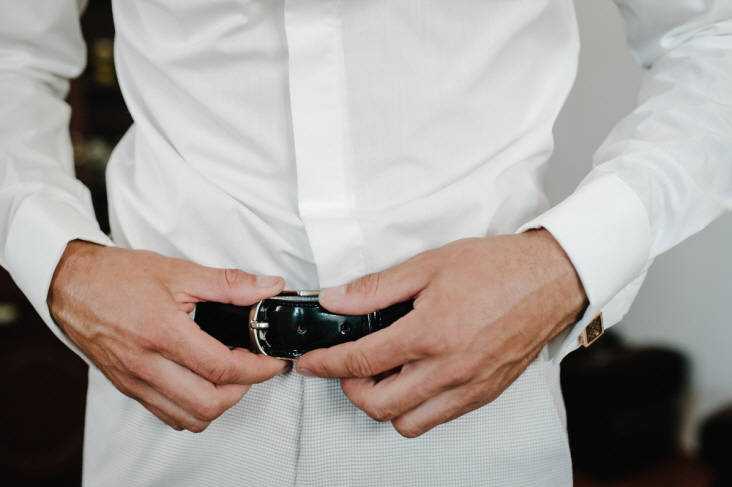
One more caution: avoid “belt deformity.” If you wear a belt tightly after liposuction, it can create an indentation and leave marks. This is especially important for men, who often tighten belts out of habit—please don’t. A compression garment distributes pressure evenly so the skin settles smoothly. Not all “liposuction” is the same, and when only a small volume is removed, you may not need a compression garment.
8. Will there be rebound weight gain after liposuction?

Will there be rebound weight gain? Losing 10 kg on a diet feels amazing on the scale, but a body composition analysis can tell a different story. We want to lose fat, not muscle. If you lose muscle from unhealthy dieting, your basal metabolic rate (BMR) drops. Even if you lose 10 kg by starving, some of that loss is muscle, your BMR decreases, and eating the same as before can lead to rebound weight gain.

With liposuction, fat is removed while the muscles are left intact. Still, some people report gaining weight afterward. Two common reasons are:
1) after seeing a slimmer figure, activity levels drop sharply and calorie burn falls, and
2) in an effort to “nourish” themselves after surgery, they overeat.
Appetite often grows the more you feed it. Seeing the new contour through a compression garment can make you think, “I’m done!” If you keep eating more and moving less, you can gain weight even after liposuction and mistake it for rebound.
In theory, rebound weight gain shouldn’t occur after liposuction. In practice, variables exist—so don’t be lulled by the post-lipo look. Manage your appetite, and if your appetite surges, consider short-term medication support. If any area is painful and limiting movement, get it treated promptly so you can stay active. Don’t just “wait it out” if you’re not getting help—seek a professional who can. If you address increased appetite or reduced activity quickly, you can avoid rebound and maintain the shape you liked while wearing your compression garment.
We’re here to help you plan care that’s safe, realistic, and travel-friendly, from remote consultation to follow-up support.
Consult With Us
Consulting with Lydian Plastic Surgery is fast and simple. After you fill out the consultation form below, one of our patient team members will reach out to you via email. With all of the necessary details, Dr. An will review your specific case and provide a detailed recommention. Our initial online consultation is free of charge.
Location
Map
Note: This article was translated and published from the original with consent from the author.

